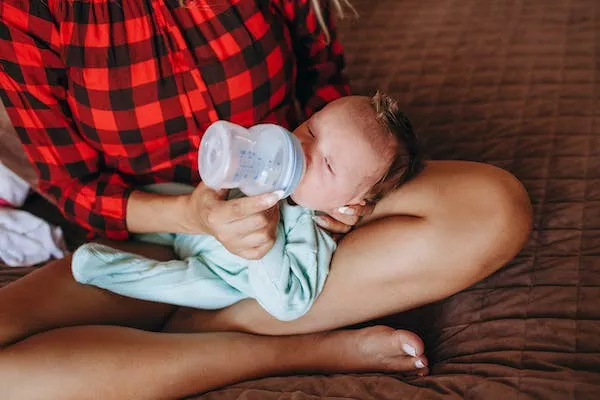Sterilizing baby bottles is a crucial step in ensuring the safety and health of infants. It helps eliminate harmful bacteria, viruses, and other pathogens that could potentially cause illness. However, many parents wonder how long sterilized bottles remain sterile and safe for use. In this article, we will delve into the factors that affect the duration of bottle sterility and provide guidelines to help parents maintain a clean and safe feeding environment for their little ones.
Understanding Sterilization Methods:
There are several methods commonly used to sterilize baby bottles, including boiling, steam sterilization, and chemical sterilization. Each method has its own recommended guidelines and effectiveness in eliminating microorganisms.
Boiling: Boiling is a traditional and widely used method of sterilization. By immersing bottles in boiling water for a certain duration, typically around 5 minutes, the high temperature kills most bacteria and pathogens. However, once the bottles are removed from the boiling water, they are susceptible to recontamination from the environment.
Steam Sterilization: Steam sterilizers, often called electric sterilizers or autoclaves, use high-pressure steam to eliminate bacteria and other microorganisms. The duration of steam sterilization varies depending on the specific sterilizer model, but it typically ranges from 8 to 15 minutes. Steam sterilizers provide a convenient and effective way to sterilize bottles, and some models offer a “keep sterile” function that helps maintain sterility for a longer period.
Chemical Sterilization: Chemical sterilization involves using specialized sterilizing solutions or tablets to kill bacteria and viruses. This method requires soaking the bottles in the sterilizing solution or dissolving the tablet in water as per the manufacturer’s instructions. Chemical sterilization is often used in situations where other sterilization methods are not readily available, such as when traveling. The duration of chemical sterilization varies based on the specific product and should be followed as per the manufacturer’s guidelines.
Factors Affecting Sterility Duration:
Several factors influence how long sterile bottles remain germ-free. These factors include:
Environmental Factors: Once sterilized bottles are removed from their sterile environment, they are exposed to potential contamination from the surrounding environment. Airborne microorganisms, dust, and contact with surfaces can reintroduce bacteria. Therefore, it is essential to handle sterilized bottles with clean hands and store them in a clean, covered container until use.
Storage Conditions: The way sterilized bottles are stored can impact their sterility duration. Ideally, bottles should be stored in a clean and dry environment, such as a closed container or sealed bag, to minimize exposure to airborne bacteria and contaminants. Avoid storing bottles near areas prone to moisture or high humidity, as these conditions can promote bacterial growth.
Bottle Integrity: The condition of the bottle itself plays a role in maintaining sterility. Bottles with cracks, scratches, or damaged nipples may harbor bacteria, even after sterilization. Regularly inspect the bottles for any signs of wear and tear and replace them as needed to ensure continued cleanliness.
Frequency of Use: The frequency of bottle use can impact the duration of sterility. If bottles are used and washed multiple times a day, the risk of contamination increases with each use. It is advisable to sterilize bottles before each use if they have been previously washed and stored.
Guidelines for Maintaining Sterility:
While the duration of bottle sterility may vary based on the factors mentioned above, following these guidelines can help ensure a clean and safe feeding environment for your baby:
Sterilize bottles before each use if they have been previously washed and stored.
Handle sterilized bottles with clean hands and avoid touching the inside of the bottle or nipple.
Store sterilized bottles in a clean and covered container or sealed bag until needed.
Inspect bottles regularly for any signs of damage or wear and replace them as necessary.
Clean feeding equipment, including bottles, nipples, and bottle brushes, thoroughly before sterilization.
Follow the recommended sterilization guidelines for the specific method you are using.
Be mindful of the storage conditions, keeping bottles away from moisture, high humidity, and potential sources of contamination.
It is important to note that maintaining a sterile environment at all times may not be practical or necessary. Babies have developing immune systems and exposure to some microorganisms is necessary for their immune system’s development. However, practicing proper hygiene and sterilization techniques can help minimize the risk of harmful pathogens and ensure a safe feeding environment.
In conclusion, the duration of bottle sterility depends on various factors, including the sterilization method used, storage conditions, environmental factors, and bottle integrity. While sterilization is an essential step in ensuring the safety of feeding equipment, it is important to handle and store sterilized bottles properly to minimize the risk of contamination. By following the recommended guidelines and maintaining good hygiene practices, parents can create a clean and safe feeding environment for their little ones.


